By Christopher J. Chlon
According to contemporary Soviet news sources, fighter Ace Alexander Pokryshkin was the most famous pilot in the Red Air Force during World War II. He was the first member of the Soviet armed forces to be awarded the title Hero of The Soviet Union three times.
This hero criticized the aerial combat tactics of the Red Air Force as outmoded and dangerous. He proposed a new approach and was rewarded by being grounded, reassigned, having his Communist Party membership card taken away, and a court martial scheduled. Contradicting air combat doctrine in the totalitarian world of the Soviet Union entailed huge risks, including arrest, torture, imprisonment, and execution, but Pokryshkin had supporters in the right places. His new tactics were analyzed and approved; he was then not only reinstated, but rewarded with a promotion.
The future three-time Hero of the Soviet Union was born in Novonikolayevsk, now Novosibirsk, in Siberia on March 6, 1913. The son of a bricklayer, he attended an air show when he was 12 and began dreaming of becoming an aviator. The dream never left.
At age 15 he enrolled in a preparatory course at a factory school, and upon com- pleting it in the fall of 1928, he and his fellow students learned the basics of instru- ment making and began work in a factory tool department. He became an apprentice roof builder and demonstrated the tool-handling abilities and skills he had inherited from his father. His future appeared to be set.
While working at his trade, he longed to become a pilot, continually fascinated by the sounds of airplane engines. He began to think about learning to fly, and while working at his job and attending evening classes at the factory school, he also began attending classes on becoming a glider pilot. The school was operated by the Society for the Promotion of Air and Chemical Defense (Osoaviakhim). He finished this school in 1932 and soon set out with a Young Communist League ticket in his pocket to join the Combined Flying-Technical School in Perm.

However, he was not admitted to the pilot school, but was instead placed in a class for flight mechanics to learn to perform maintenance on aircraft engines. Although disappointed, he kept his dream of flying and wondered what kind of pilot he would be if he did not know about his plane’s engines.
While in flight mechanic school, Pokryshkin joined a gliding group and learned how to fly gliders on Sundays. The group flew ancient US- 4 gliders and climbed to a maximum altitude of 600 feet. Gaining experience in aerodynamics and handling the controls of a motorless plane in the air, the glider group provided him with training that was not available at the factory school. Soaring above the ground fostered the qualities of daring, resourcefulness, and self-confidence that are essential to being a pilot.
A good flight mechanic, Pokryshkin was sent to a refresher course in Leningrad. While there, he continued gliding with the Duderhof Gliding Club. After completing the refresher course, he was assigned to an air force unit near
Krasnodar as a flight mechanic. He made many requests to attend flying school but was denied each time. His desire to become a pilot went unabated, and in his spare time he learned all the rules of flying a training aircraft. No matter where he was, he occupied his time studying aviation. At the same time, others who had joined the service were admitted to flying school which increased his frustration, but also his desire to fly. His determination drove him to build a small trainer plane so that he could sit at the controls and go through the motions of taking off and landing.
Pokryshkin graduated from the factory school in 1933 and started his service as a flight mechanic. He did his job well and by December 1934 was promoted to be the senior aviation mechanic of the 74th Rifle Division. He held that rank until December 1938. Even though he yearned to be a pilot, he applied his skills and invented improvements to the Soviet ShKAS machine gun and the R-5 reconnaissance aircraft.
While on vacation during the winter of 1938, he found a way to circumvent the system for pilot selection. He enrolled in the Krasnodar Flying Club on October 3, 1938, and three days later made his first solo flight. He passed the required test after only 17 days, and doing so automatically made him eligible for flight school. His success at the club impressed his commander so much that he arranged for a transfer to the Kachinskaya School of Aviation in the Crimea. Pokryshkin was so anxious to begin the training that he boarded a train with- out packing a suitcase. He graduated with top honors in 1939, was given the rank of senior lieutenant, and was assigned to the 55th Fighter Regiment. His superiors wanted him to take the position of instructor, but he refused.
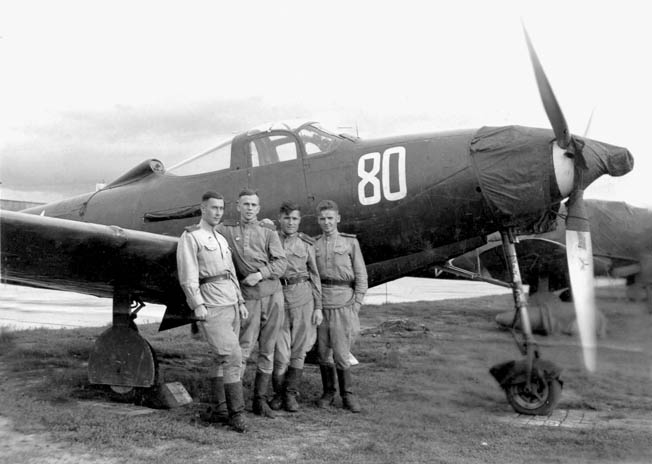
On June 22, 1941, German forces attacked the Soviet Union in Operation Barbarossa. Pokryshkin was stationed in Moldavia close to the border with Germany. His first day of com- bat was a disaster. While in the air, he spotted a plane that he had never seen, attacked it, and shot it down, belatedly noticing it had the Soviet red stars on the wings. It was a Soviet Sukhoi Su-2 light bomber. Horrified and frantic, he flew in front of all the other Soviet pilots who were lining up on other bombs, thwarting any other deadly mistakes.
Back in the air the next day, he and his wingman faced five German Messerschmitt Me-109 fighters. Outnumbered and with little time to think, he decided to make a frontal attack, knowing that his wingman was there for support. As he rapidly approached a German at tremendous speed, a head-on collision appeared imminent, but the enemy pilot went into a climb to the right. Flying a MiG-3 fighter, Pokryshkin made a climbing turn and approached his foe from the rear. However, German fighters were on his tail, firing at him.
To avoid being shot down, he yanked on the stick, slowing his plane so much that the Germans flew past and underneath him. He gained enough time to see his wingman withdrawing from the fight with engine trouble. He saw a German fighter above him about to open fire, but he avoided it and then dived and opened fire at close range, hitting the Me-109 and causing it to burst into flames and plummet to the earth. This was his first kill.
Thrilled with his victory, he relaxed briefly only to see several German cannon shells rip- ping through his wings and fuel tank. His plane turned over and dropped quickly. After a struggle, he managed to straighten it out. He then put his plane into a dive and started hedgehopping, limping back to his base, and ending his first fight with German pilots in dramatic fashion. By July 3, he had scored several victories and had been shot down behind German lines but managed to make it safely back to base.
During the first few weeks of the war, Pokryshkin saw firsthand that Soviet combat doctrine was outdated, and he proposed a new approach for fighter tactics. He faced court-martial. Fortunately, a top secret directive was issued, ordering dramatic changes in tactics. After pointing out certain deficiencies and poor organization in combat operations, the directive endorsed the deployment of fighters in groups of two and four aircraft; echeloned formations; techniques for mutual support, coordination, proper escort, and coverage of ground attack aircraft and bombers; vertical maneuver; and full exploitation of altitude. The directive acknowledged the superiority of the enemy’s air tactics and called for Soviet pilots to study and emulate them. These new ideas were similar to those Pokryshkin had advocated, and once they were approved he was promoted to squadron commander in the 4th Air Army.
Pokryshkin welcomed this new challenge. During the early days of the war, thousands of Soviet planes were destroyed on the ground. The results devastated Soviet capabilities to combat the Germans in the air. Luftwaffe pilots outclassed their Soviet counterparts with superior tactics. Pokryshkin, while training in various air academies and flight training schools, found lots of materials that advocated outdated concepts about air combat. To help improve Soviet tactics, he created his own maxims: “Altitude, Speed, Maneuver, Fire.”
For Pokryshkin, altitude was the primary element because it provided Soviet pilots an advantage: freedom to search for the enemy and to choose the best option for attack. From altitude, the Soviet pilot had the initiative. After a dive on the enemy, the speed acquired in the vertical axis gave the pilot the crucial factor of time—often just a few seconds—to make his attack. Altitude and speed provided a set of flexible options of maneuver in either the vertical or horizontal axis. Pokryshkin also emphasized the importance of close-in fire on enemy aircraft. The flying skill and patience required for this discipline brought obvious rewards and greater accuracy and concentration of firepower.
The new tactics entailed a pendulum effect. Flying above the enemy at a great height, the Soviet fighters would dive to the attack at high speed. Afterward, they climbed and repeated their attacks. From the ground, the fighters appeared to be moving like a pendulum, swooping down on the enemy and then climbing to an altitude that enabled them to continue the attacks using Pokryshkin’s tactics. This formula allowed Soviet fighter pilots to exhibit a more competent and aggressive posture, attacking from altitude and providing cover for one another. Because of the new tactics, victories increased and losses diminished.
From the beginning of the war to the summer of 1942, Pokryshkin and his comrades flew Mikoyan MiG-3 and Yakovlev YAK-1 fighters. The determination, skill, and courage of the Soviet pilots in these planes translated into aer- ial combat victories, but they were outclassed by German planes. The devastation from the initial German attacks of Operation Barbarossa left the Soviet Air Force short of planes, parts, ammunition, and everything needed to take on the Germans. Things changed when the first American Bell P-39 Airacobra fighters began arriving.
As part of the Lend-Lease program, the U.S. shipped the P-39 to the British Royal Air Force, which rejected it. The RAF determined that the plane’s performance was deficient. However, the new fighter was a welcome addition to Soviet air capabilities. Soviet pilots liked the cannon-armed P-39. They developed aerial fighting tactics and scored victories over German planes. Flying the American-built plane for the first time in the Kuban region, Pokryshkin showed his fighter pilot skills, recording 10 victories over German Me-109s from April 9-24, a twin-engine Junkers Ju-88 bomber on April 29, and another Me-109 on April 30, for a total of 12 in a month.
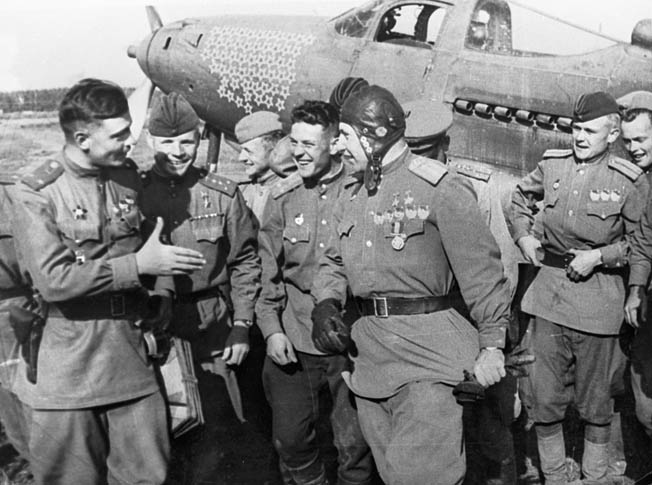
During the intense fighting in the Kuban, Pokryshkin employed a formation that became known as the “bookshelf.” Planes were arranged like a set of shelves with each maintaining a definite height above the one below, each having a broad front, and each with a definite task. This formation had its advantages. If an enemy tried to escape the first shelf, it would be attacked by the second shelf and then the third. This new formation also became known as the “Kuban Stepladder.”
Not only did Pokryshkin change Soviet fighter tactics, he also studied his planes, reviewed his engagements by drawing them on paper, analyzed what happened, and deter- mined how he could improve. He lectured and taught new pilots and seasoned veterans about the technical aspects of aerial combat. He borrowed ideas from others such Major V.V. Sokolov, who violently and instantaneously attacked the enemy on sight. Pokryshkin studied Sokolov’s style, trying to learn how to attack with violence and abruptness. According to Sokolov, enemy pilots, when faced with such an attack, lost their will to fight.
The Soviet high command issued a directive ordering its best pilots to take on “free hunt” missions against important German lines of communication. In fighter units these missions were flown as a rule by a pair of fighters, and in ground attack and bomber units by single crews. The free hunt mission was difficult and presented enormous risks for the pilots. There was a slogan for these actions: “Without risk, there will be no victory.”
Pokryshkin took part in free hunts, which he called “roving missions.” He described the missions and the piloting skills needed: “Flying in couples or pairs of couples, they cross the front line and penetrate the enemy’s territory to a great depth. There they lurk in ambush, attacking the enemy’s aircraft by surprise and nipping his plans in the bud. They fall on transport planes and staff planes and terrorize the enemy over a wide area. The roving pilot is [engaged in] the sport of chance; all sorts of contingencies may arise. He must therefore have the utmost confidence in himself, in his aircraft, and in his partner. He must feel, if one may say so, sole master of the air, or something like it.”
“When on a roving mission, the fighter pilot is thrown upon his own resources, and can count only on himself,” Pokryshkin continued. “He chooses his targets, which must be worthy of the effort he makes and the risk he incurs.
Sober judgment, daring cunning, and a perfect knowledge of the aircraft are essential requisites for roving tactics. These tactics can be mastered and perfected only by a flyer who con- stantly studies the tactics of the enemy, systematically and critically analyzes his own actions, and who in addition possesses considerable fighting experience.”
Free hunt missions extended 60 to 90 miles behind the German front line. There was no radio communication with ground monitoring stations and no one to alert pilots of the situation in target areas. They could not anticipate any support in an emergency.
According to his own recollection, Pokryshkin took part in many free hunting mis- sions and scored his 50th victory against a German Fieseler-Storch liaison plane. He wrote: “These machines, which resemble dragonflies, maintained service between German staffs, carrying urgent operational documents and officers. I spied out the route some of these liaison planes were taking and got my prey.”
Motivation for his pilots occupied his thoughts from the beginning to the end of the war. He wrote: “The morale of a fighter pilot is one of his principal weapons. It is one of the decisive factors of success, as all of us realized on the first day of the war. That a good pilot must have a thorough knowledge of technique goes without saying. But besides the military factor there are factors of a moral order. This moral force cannot be weighed in the scales of war, but its influence is immense.”
Scoring combat victories, teaching new and experienced pilots improved tactics, and motivating them gained Pokryshkin a solid reputation with his students, peers, and superior officers. On one occasion, new pilots assigned to his unit awaited their instruction to begin and asked who their instructor would be. General Ibragim Dzusov told the group, “You will train by the Pokryshkin system.”
Pokryshkin began his training regimen by familiarizing the students with their fighters. He explained the formula: altitude, speed, maneuver, and fire. Holding a model of the fighter in their hands, the students went through various maneuvers in shooting down the enemy. His charges also took a course in shooting at moveable dummy planes. “The battle training of a fighter pilot, as I see it, is complex process,” he offered. “The chief thing is to instill in him confidence in victory.”
Alexander Pokryshkin claimed 59 victories, 47 of them in the cockpit of a P-39. His first victory in a P-39 took place on April 9, 1943, when he shot down an Me-109. Three days later, he shot down four Me-109s. His successes were well known by the Luftwaffe—to the point that its pilots refused to engage Soviet fighters if they knew he was possibly in the air. When his unit was transferred to Ukraine, he used the radio signal Sotka (hundred) because he knew the Luftwaffe had ordered its pilots to stay on the ground if they knew he was aloft. His unit’s success brought the honor of designation as the 16th Guards Fighter Regiment.
Pokryshkin claimed only six victories during the last two years of the war. Many of his kills had come at a time when the Soviet Air Force was fighting at a great disadvantage during the first two years of the war. In addition to the honor of being named a Hero of the Soviet Union, he earned many other Soviet decorations and several from other countries, including the Distinguished Service Medal from the U.S. Army Air Forces.
In the postwar years, Pokryshkin’s career practically ended because of his preference for non-Soviet aircraft. He persisted and in 1948 graduated from the Frunze Military Academy. From 1949-1955, he was deputy commander of the 33rd Fighter Air Defense Regiment and commander of the 88th Fighter Aviation Corps in Rzhev. Despite his stellar war record and reputation, he was repeatedly passed over for promotion. Only after the death of Premier Josef Stalin did he regain favor in the military and promotion to air marshal. In 1957, he graduated from the General Staff Academy.
Pokryshkin’s highest position was that of president of the DOSAAF (1972-1981), a mostly civilian organization that was tasked with training young civilians and preparing them for service with the air force. However, he was again shunned because of his honesty. He had refused to write about or support the glorification of Premier Leonid Brezhnev’s role in the Battle of the Kuban. He died on November 13, 1985, at the age of 72.
Although ostracized and shunned by the Communist hierarchy after World War II, Pokryshkin had contributed mightily the victory on the Eastern Front. He may have been shunned by officials in Moscow, but his popularity among his colleagues and through- out the Soviet Union was undeniable. In his hometown, a street, a square, and a subway station are named in his honor. In 1978, he even had a minor planet named for him, 3348 Pokryshkin.
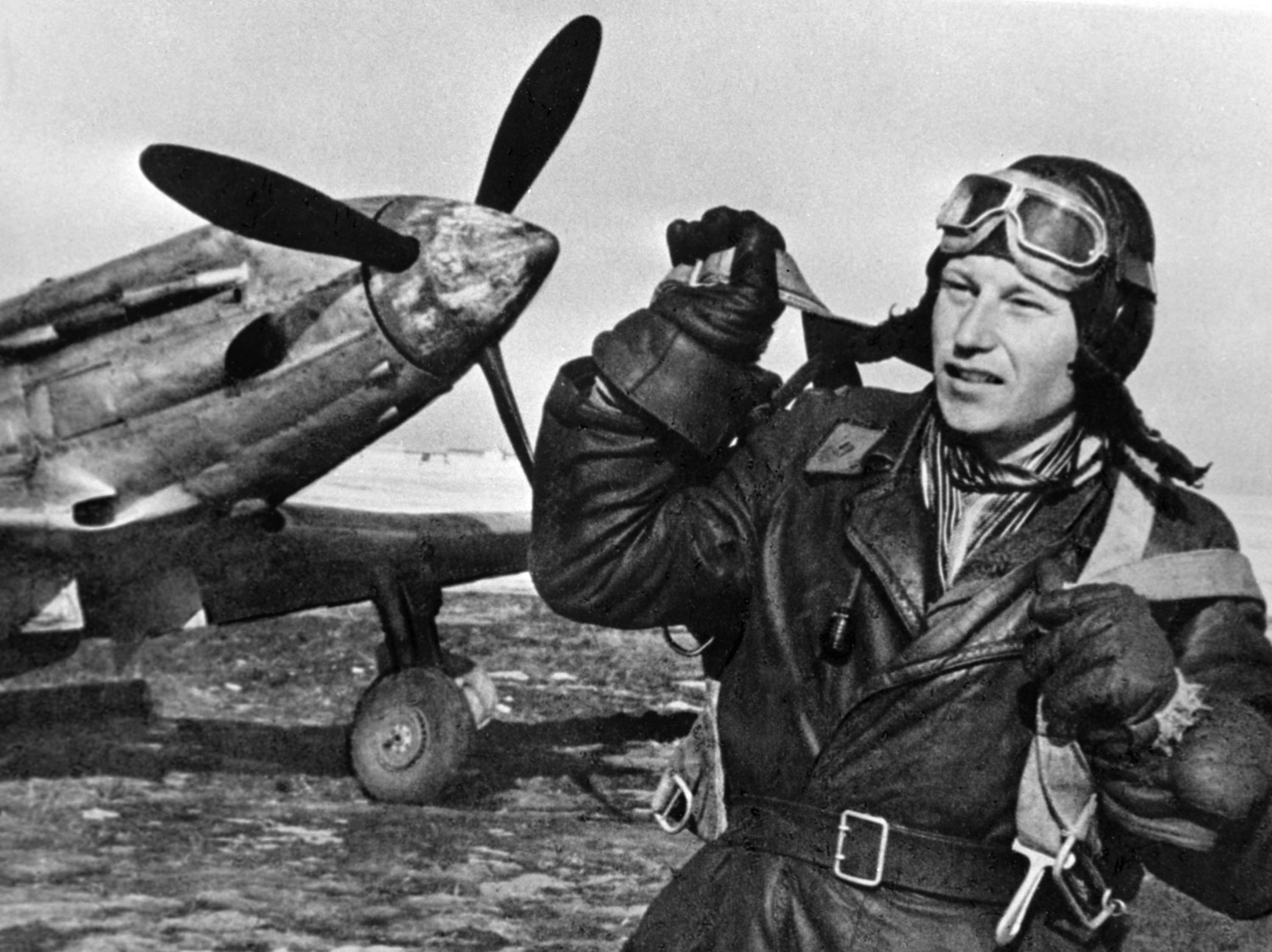
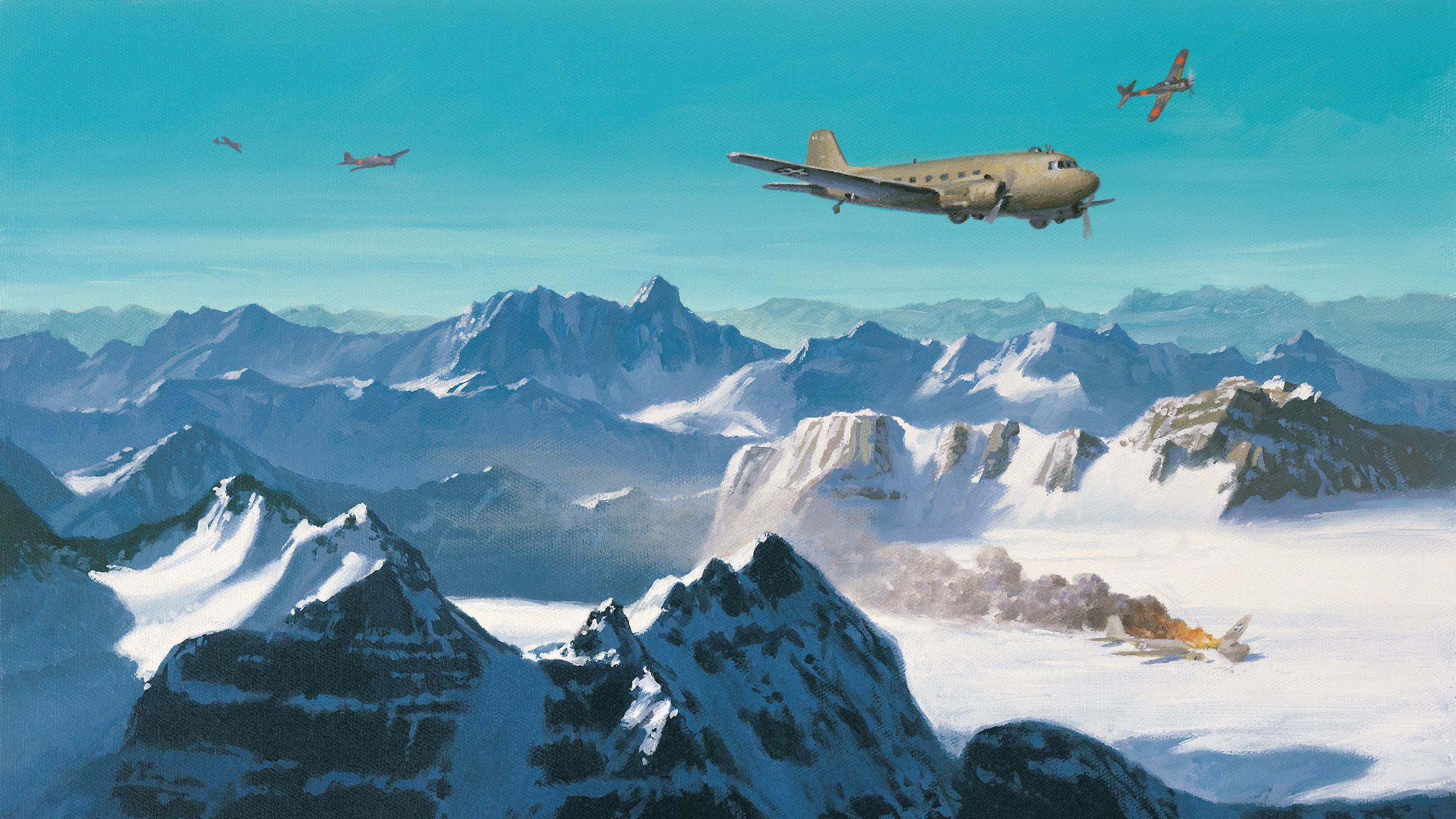
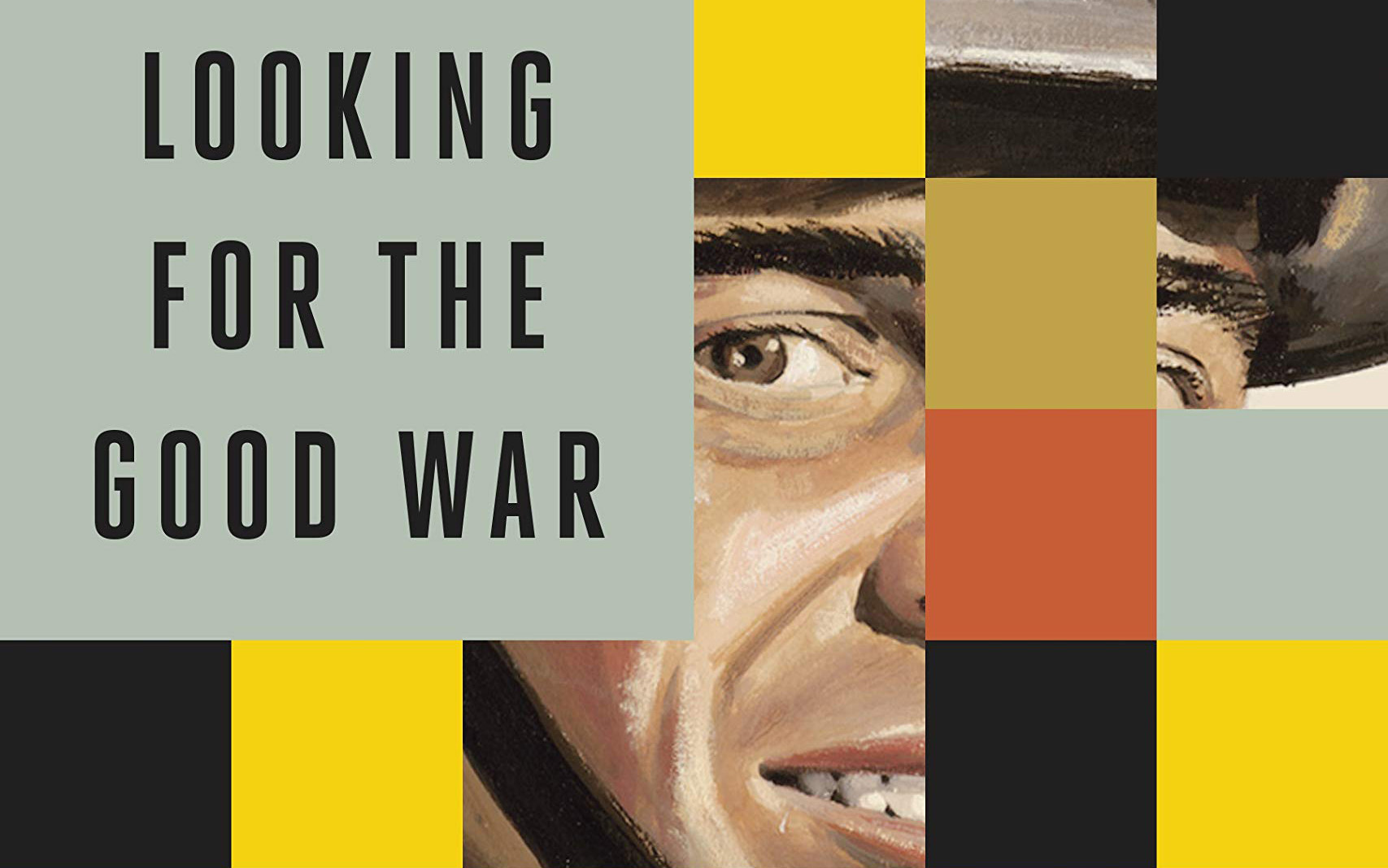
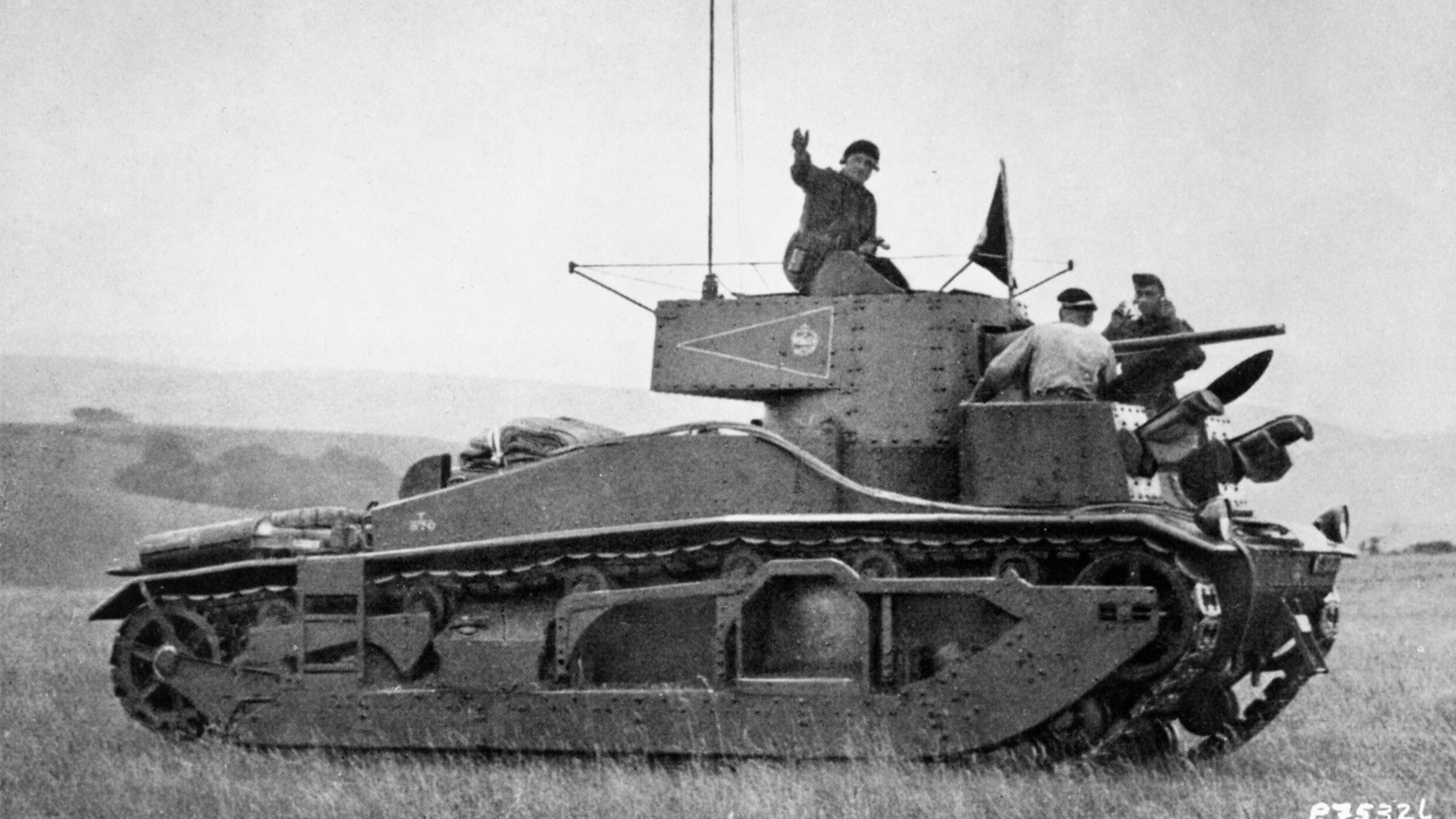
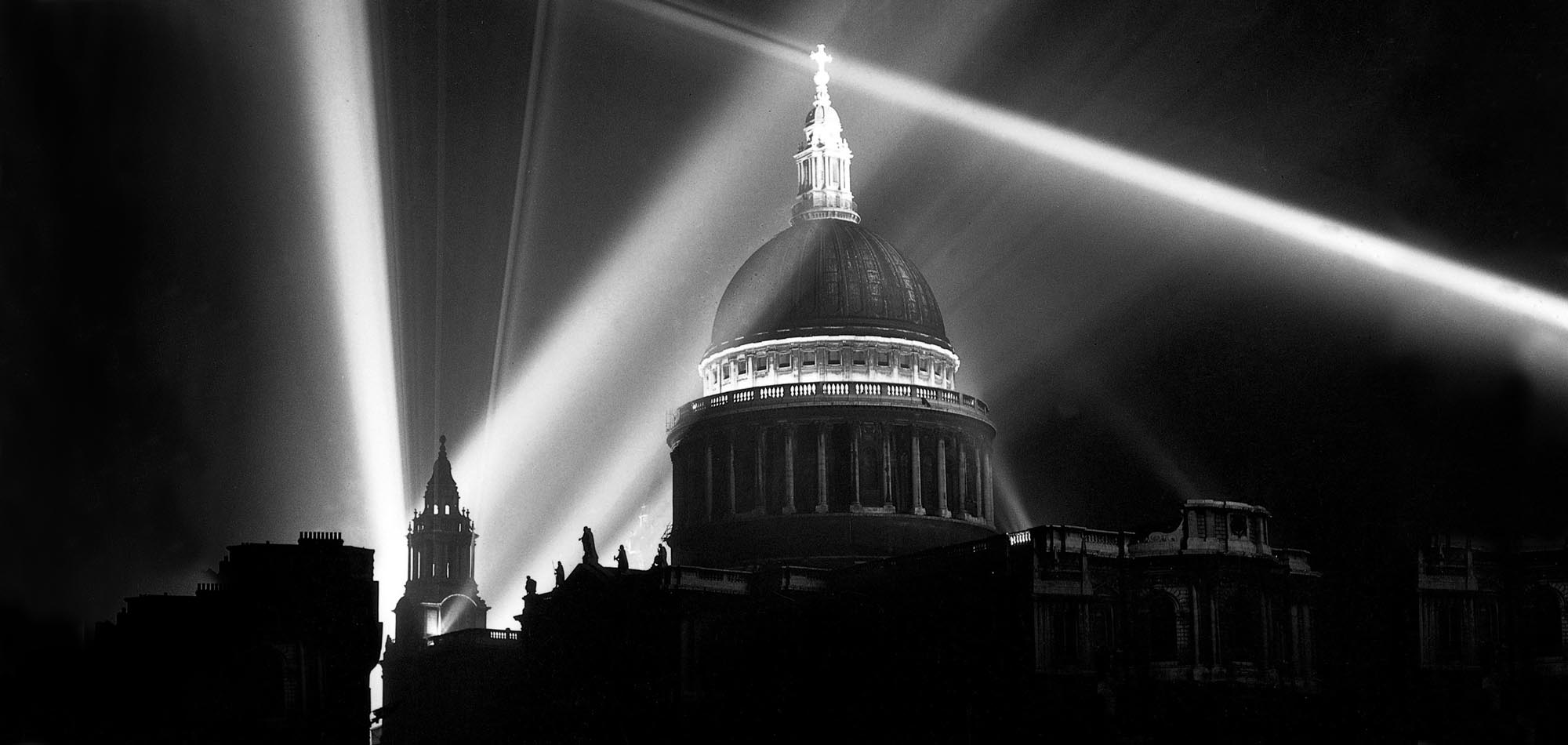
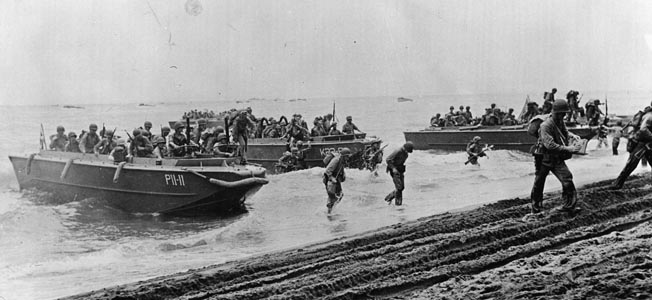
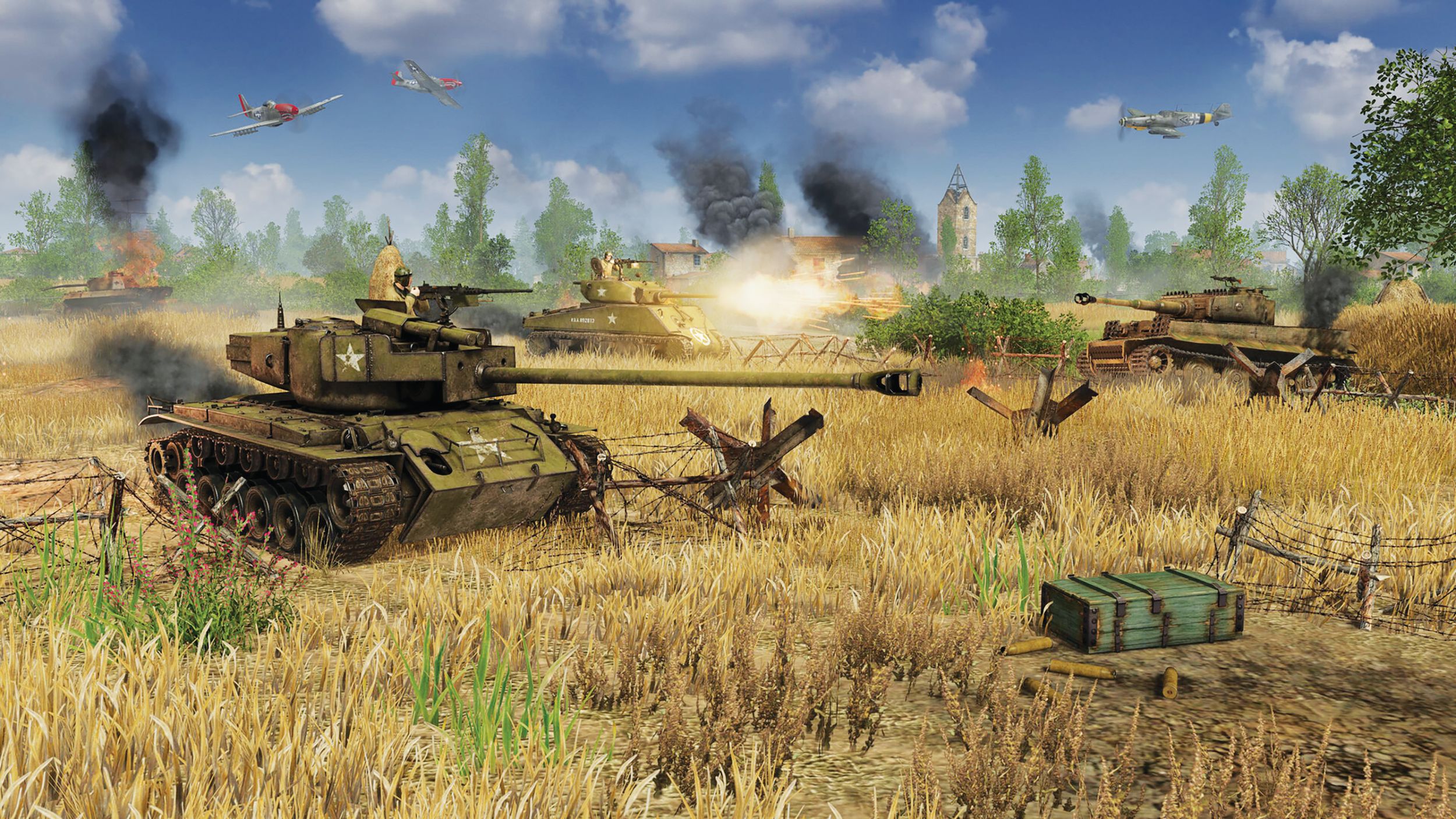
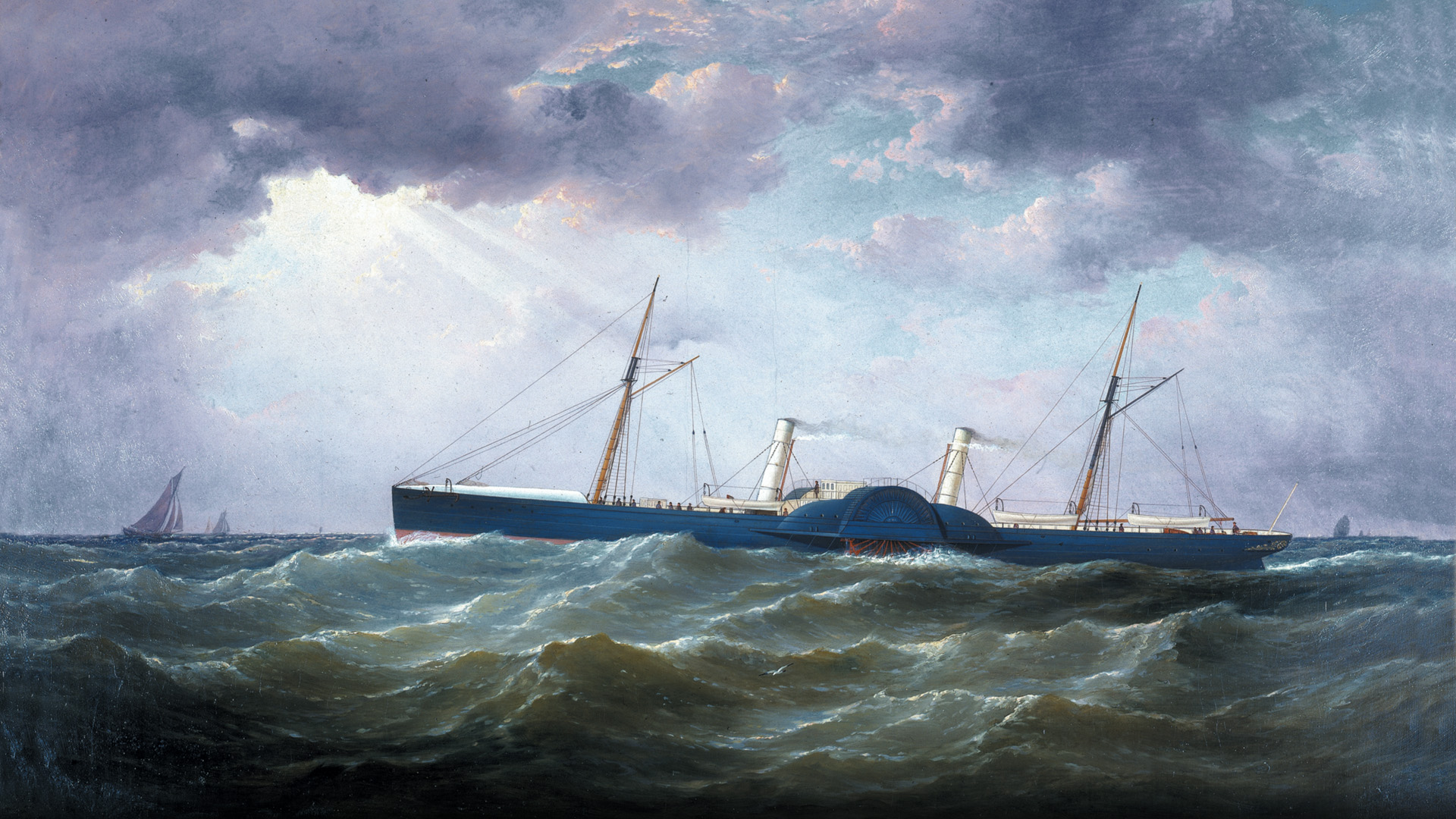
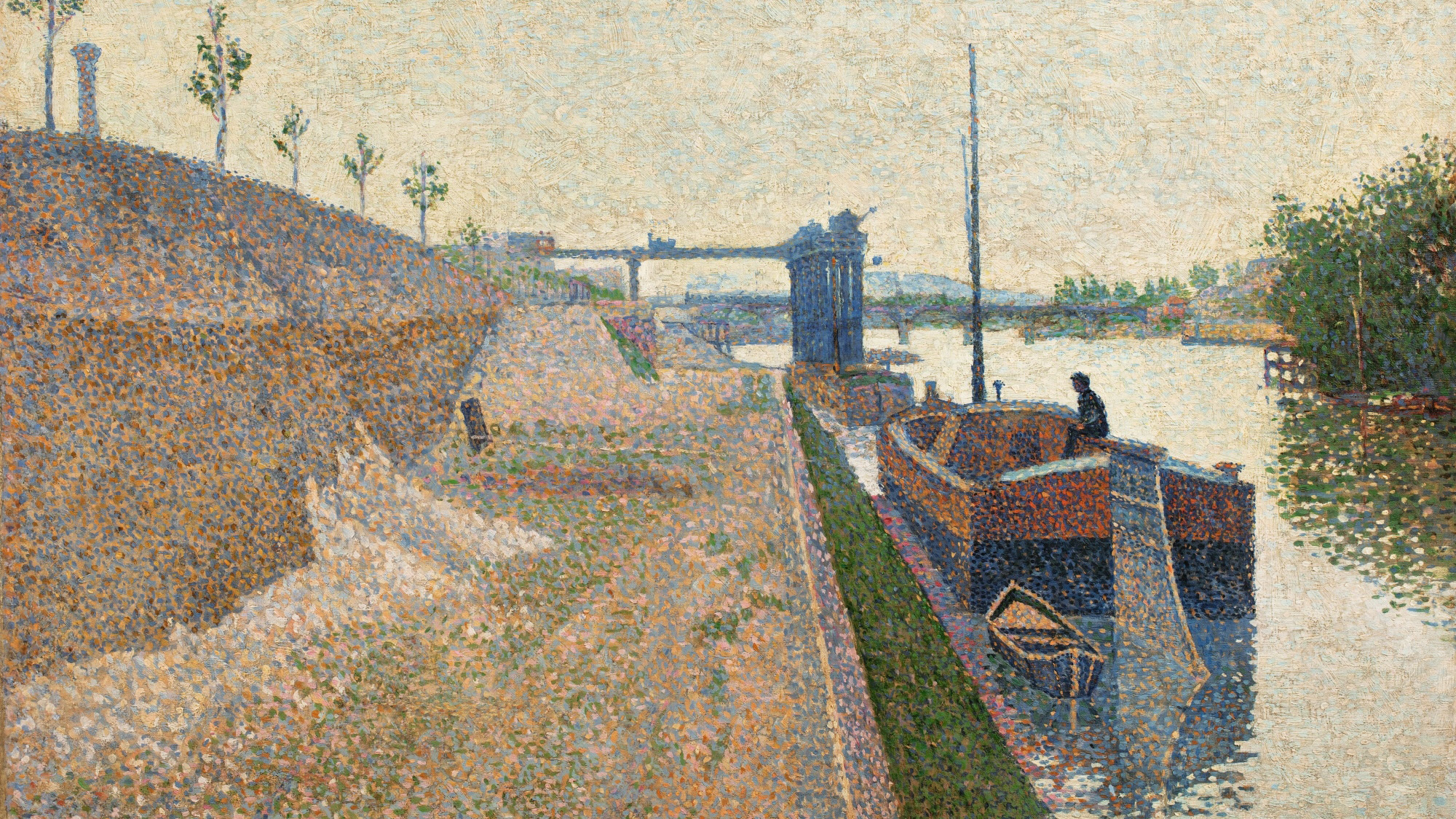
Join The Conversation
Comments
View All Comments